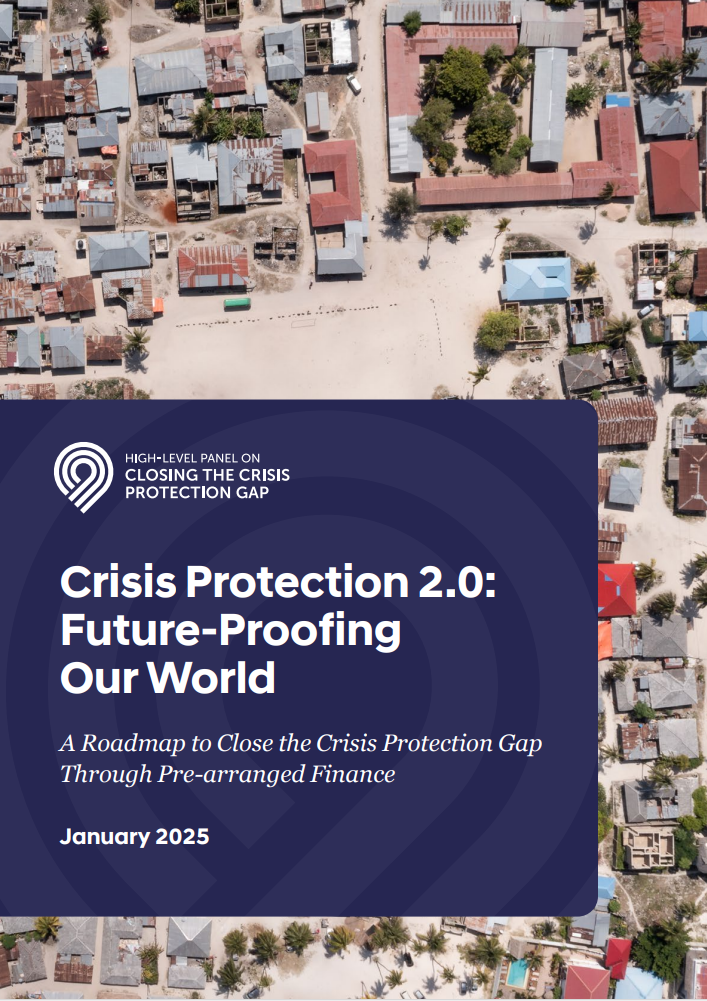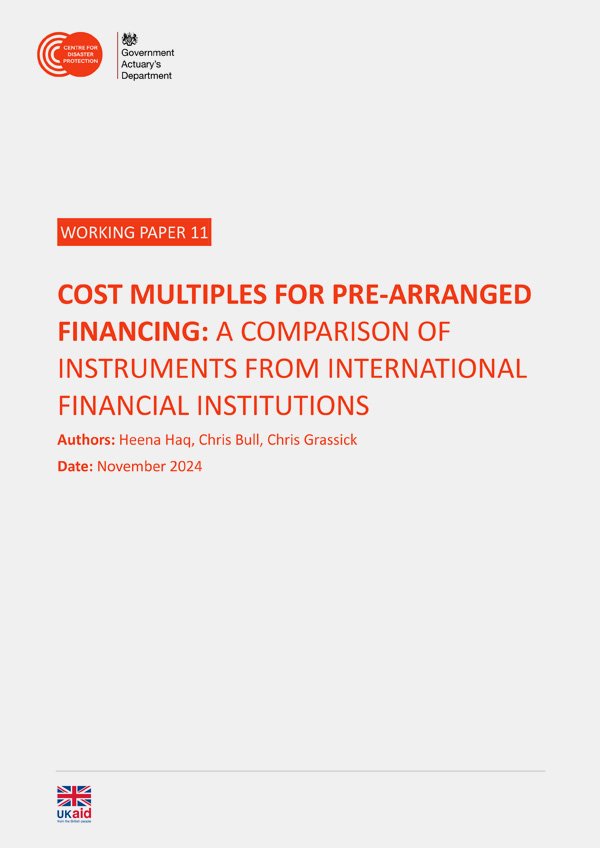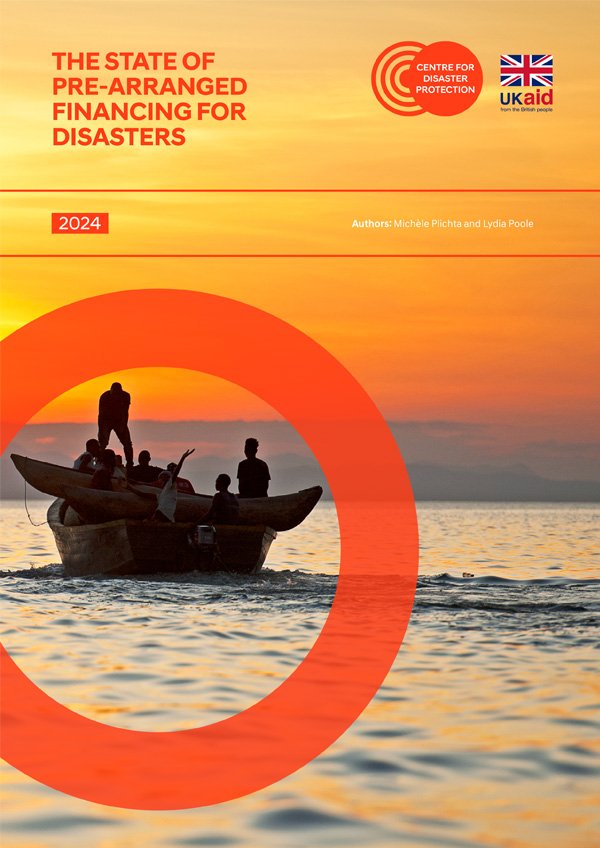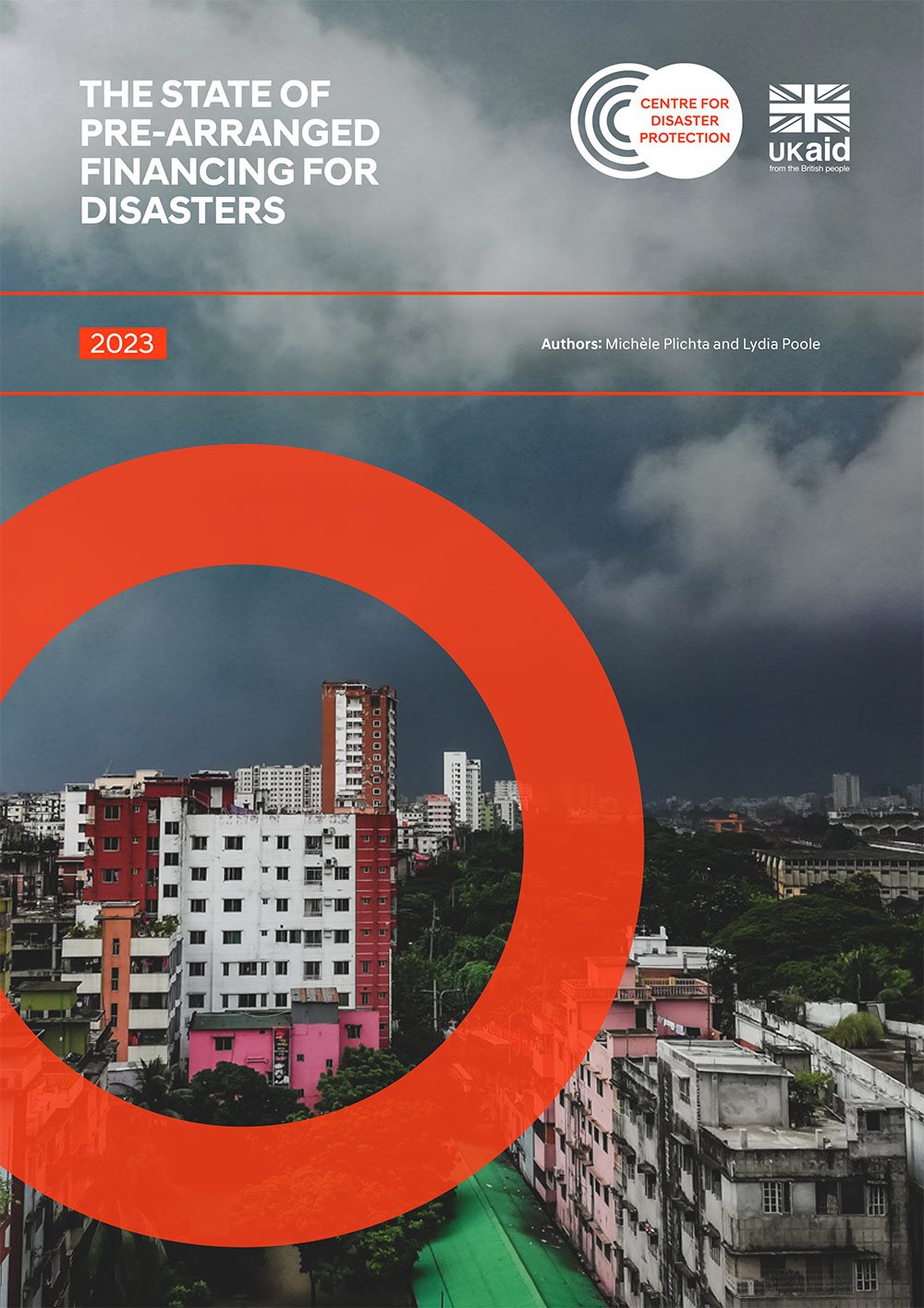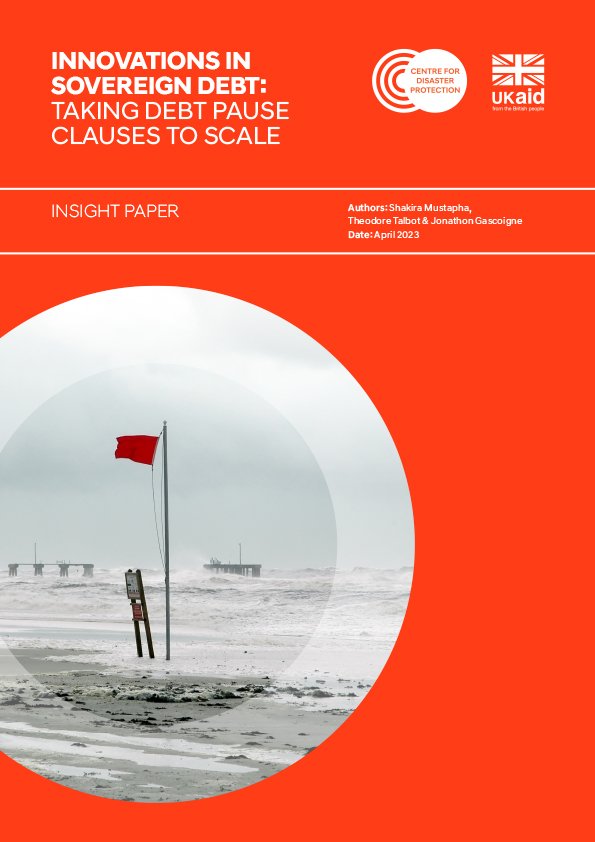CRISIS PROTECTION 2.0: FUTURE-PROOFING OUR WORLD
The High-Level Panel on Closing the Crisis Protection Gap formed in January 2024, comprising 20 expert members from across sectors and geographies, united by the conviction that national and international crisis, climate and development financing architectures are at a critical juncture. This report delivers the High-Level Panel on Closing the Crisis Protection Gap’s call to action - that now is the time to comprehensively rethink how the world financially prepares itself for and responds to crises. Crisis Protection 2.0 outlines ten strategic recommendations and an ambitious roadmap for the next decade.

